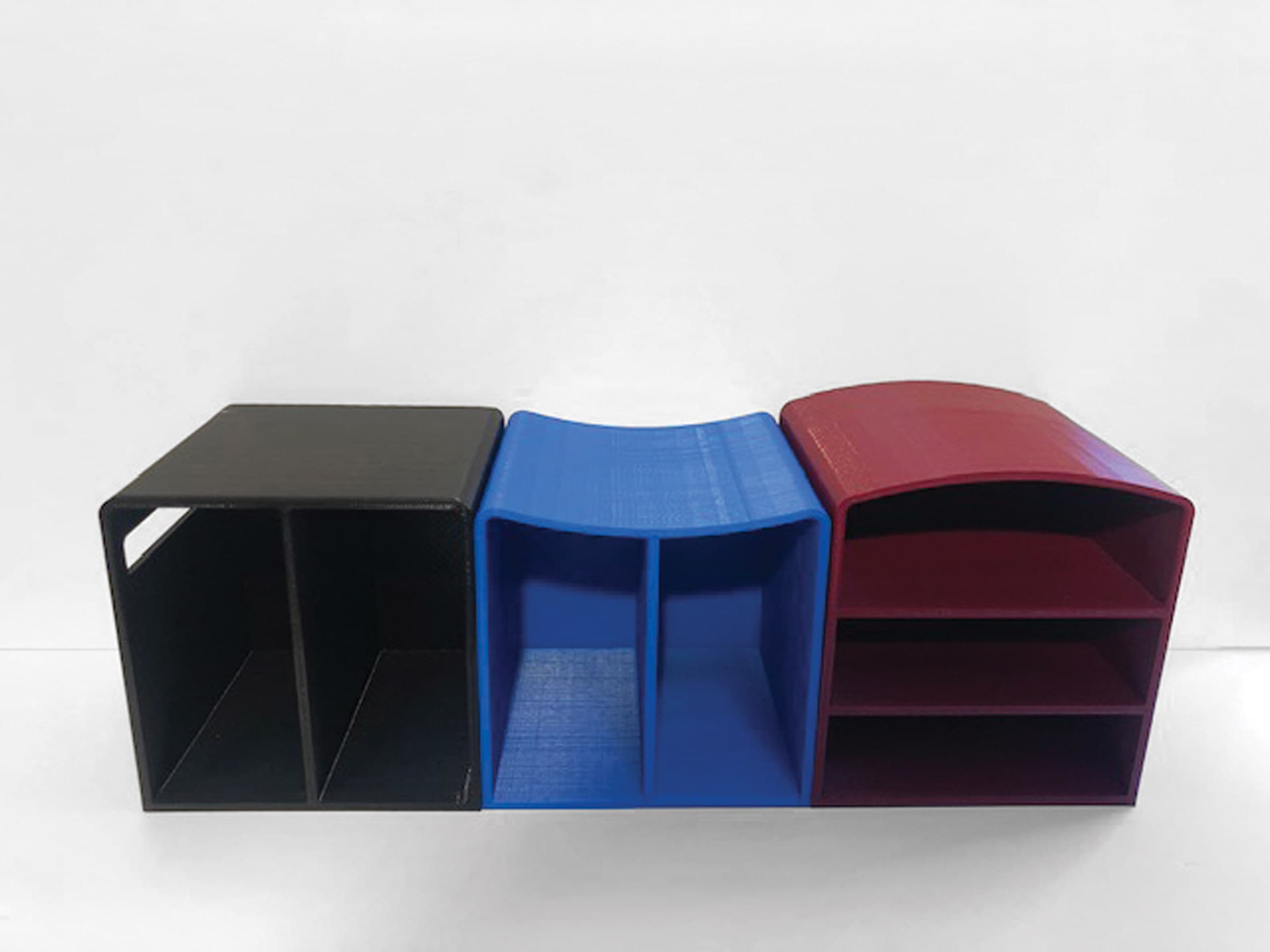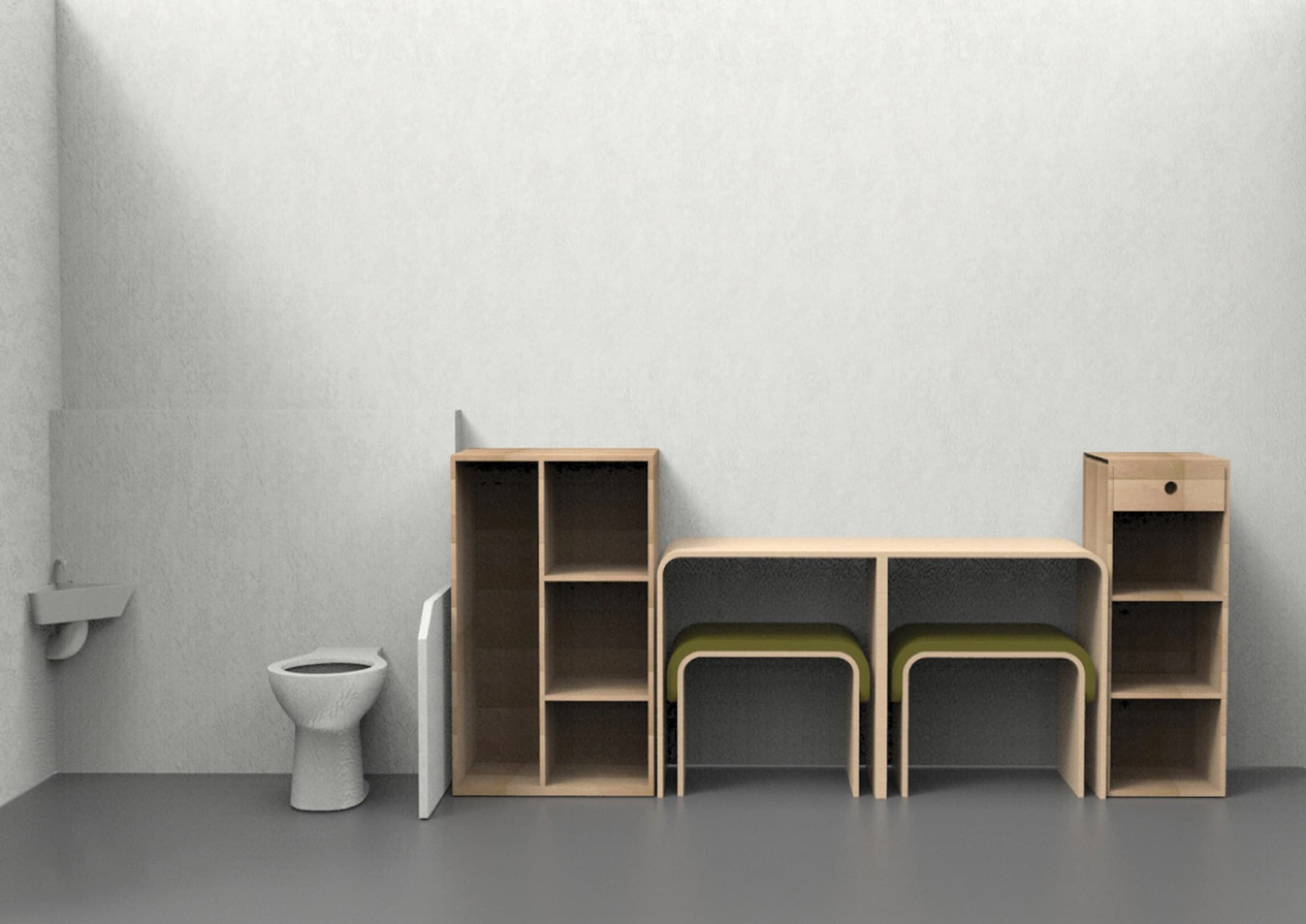Central Saint Martin students design prison furniture
Working with Her Majesty’s Prison and Probation Service (HMPPS), a total of sixteen third-year students at CSM designed the pieces with the main aim to make life more manageable for the prisoners. Creating new pieces for prisons and to improve the already existing cell furniture.
For example, the new furniture includes Sloot, a piece of furniture that simultaneously acts as a toilet bowl cover and as a chair by Qing Zeng, and 3 in Cube by Ines Attieh, a set of three cubes that can work as storage, gym equipment and as a bench.
The intention of The Cell Furniture Project is that the finalised works will be manufactured in prison workshops by inmates, giving the opportunity to learn and develop practical skills. It has been proven that workshops similar to what The Cell Furniture Project will offer, improve the job prospects of inmates and reduce the chance of re-offending.

Developed by the Design Against Crime Research Centre at CSM, The Cell Furniture Project is the second collaboration between the university and UK prisons. Last year CSM set up the Makeright project, a design course for inmates at Thameside prison in London to create anti-theft bags which are then sold at a Sue Ryder shop in Camden.
Design Against Crime Research Centre is led by Lorraine Gamman, “The project aims to generate a new range of cell furniture that is not only robust and sustainable, but also helps to create a decent environment for prisons and prison staff,” said Gammon on The Cell Furniture Project.

The furniture designed for the cell must conform to a strict set of rules, taking into consideration the small living conditions but also the potential for self-harm.
To understand the complex needs of the prison population, students worked with prisoners and the staff at HMP Pentonville to ensure the designs were suitable for the environment.
You can look at the first prototypes of the 18-month design research project at CSM, where they are displayed in a life-size recreation of a prison at cell at the university’s degree show on June 19 – 23.

